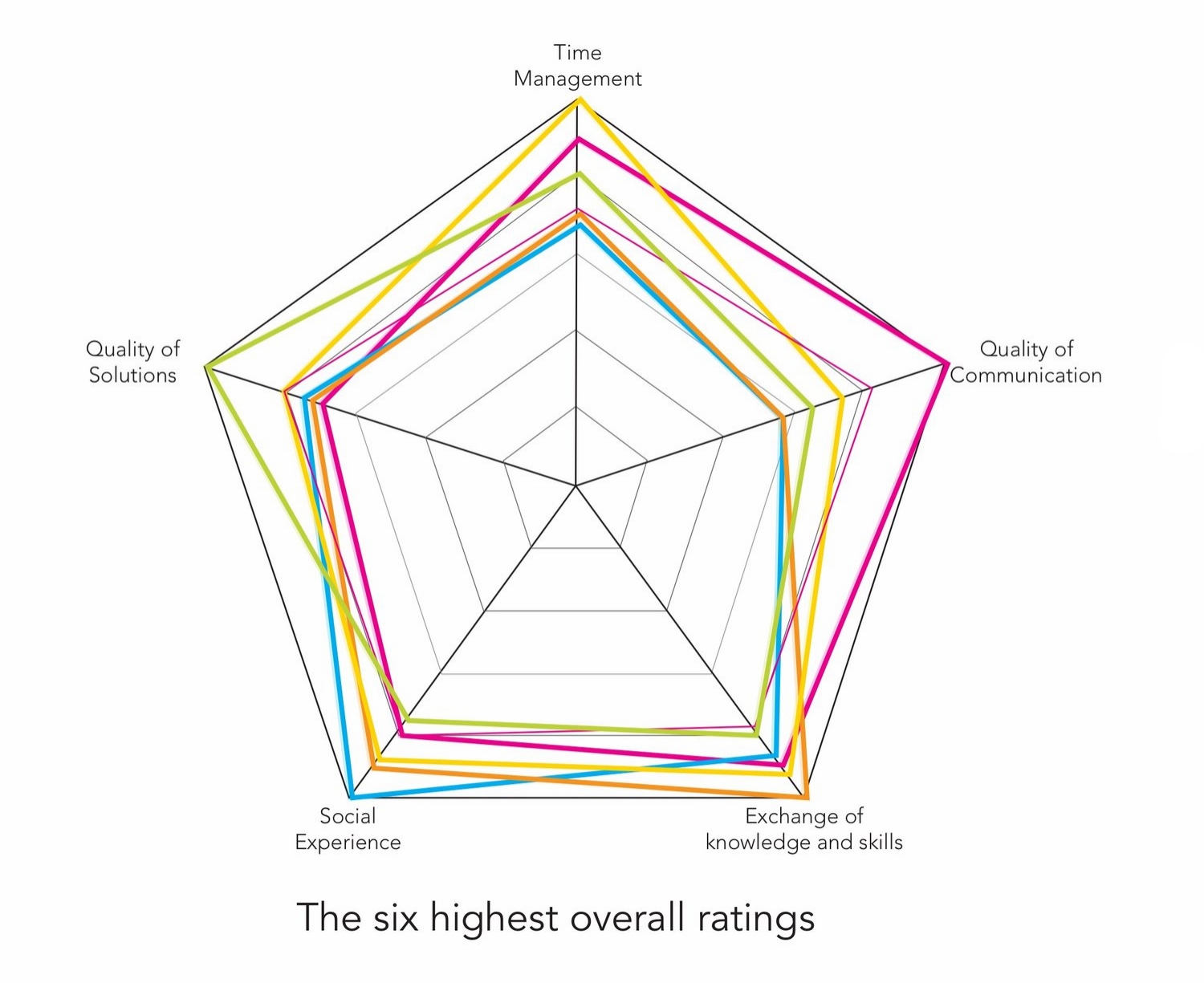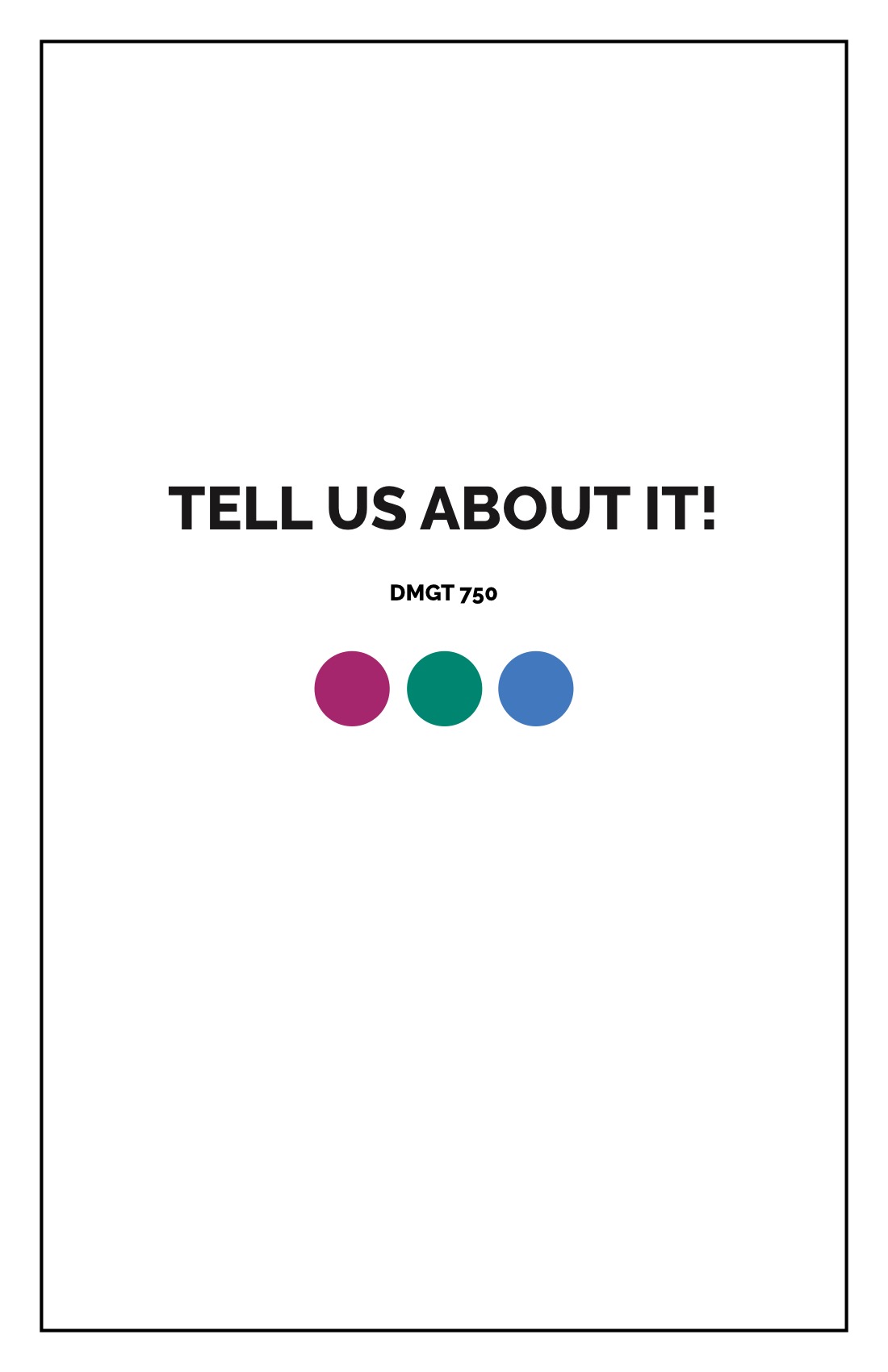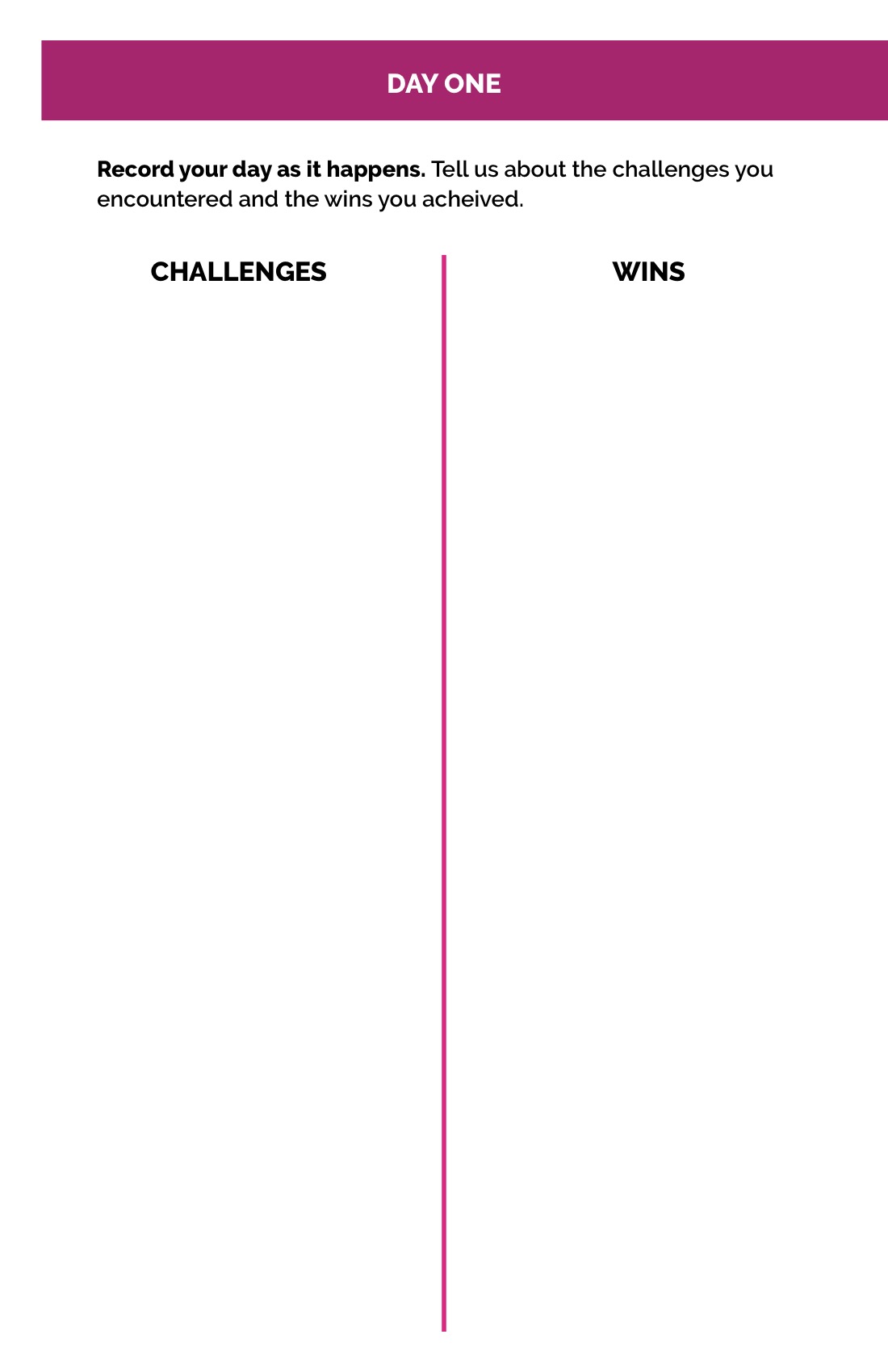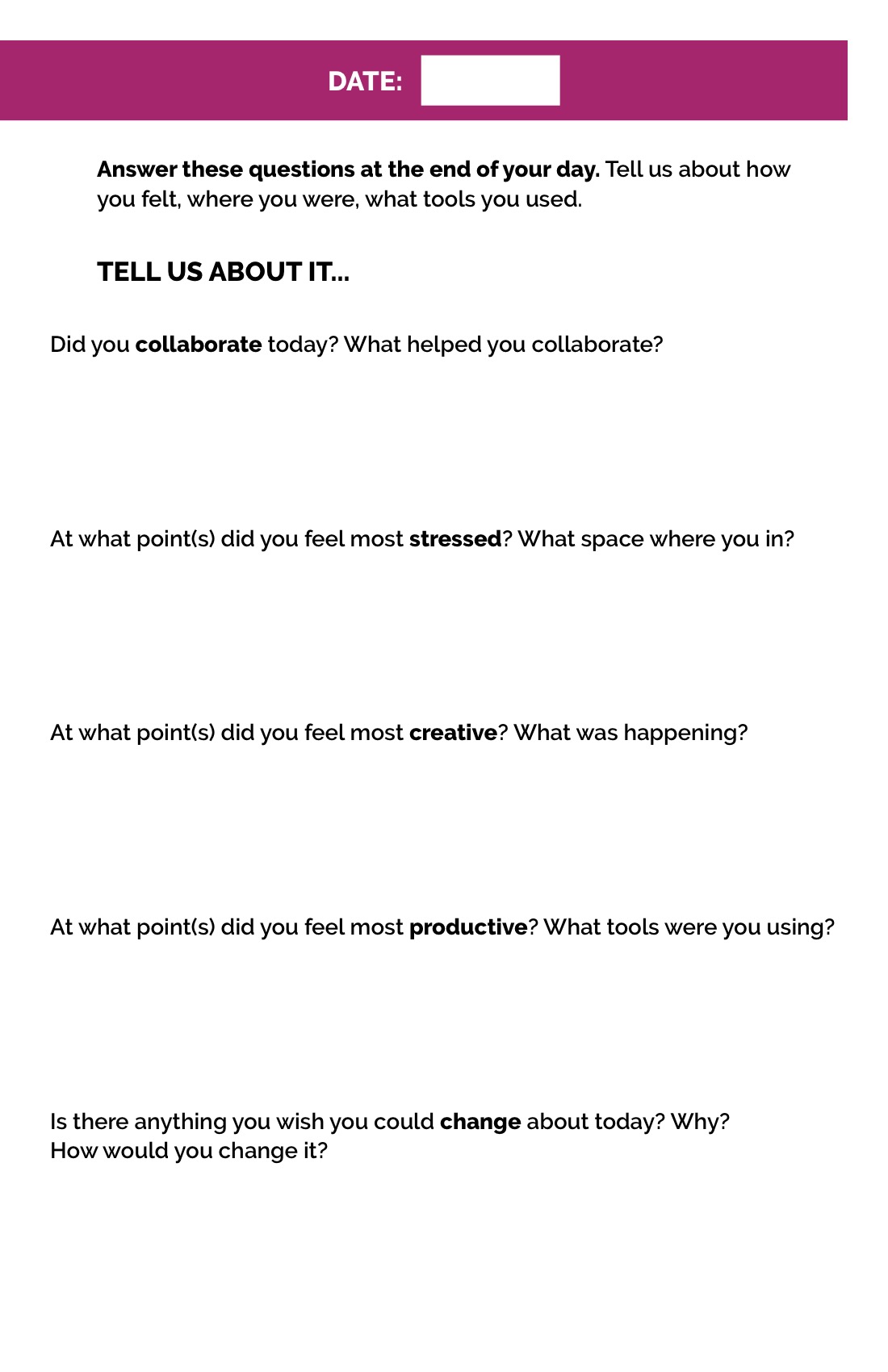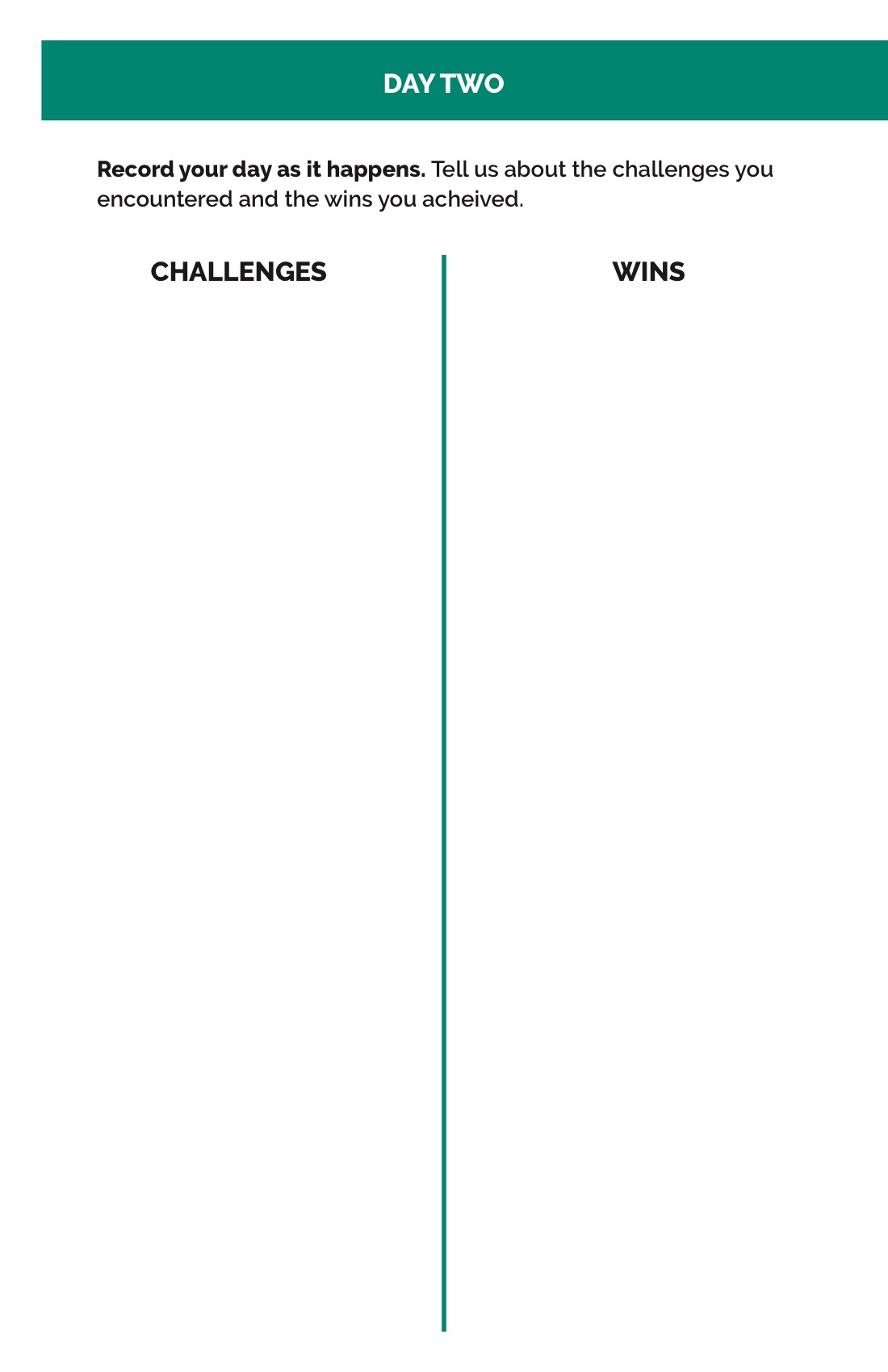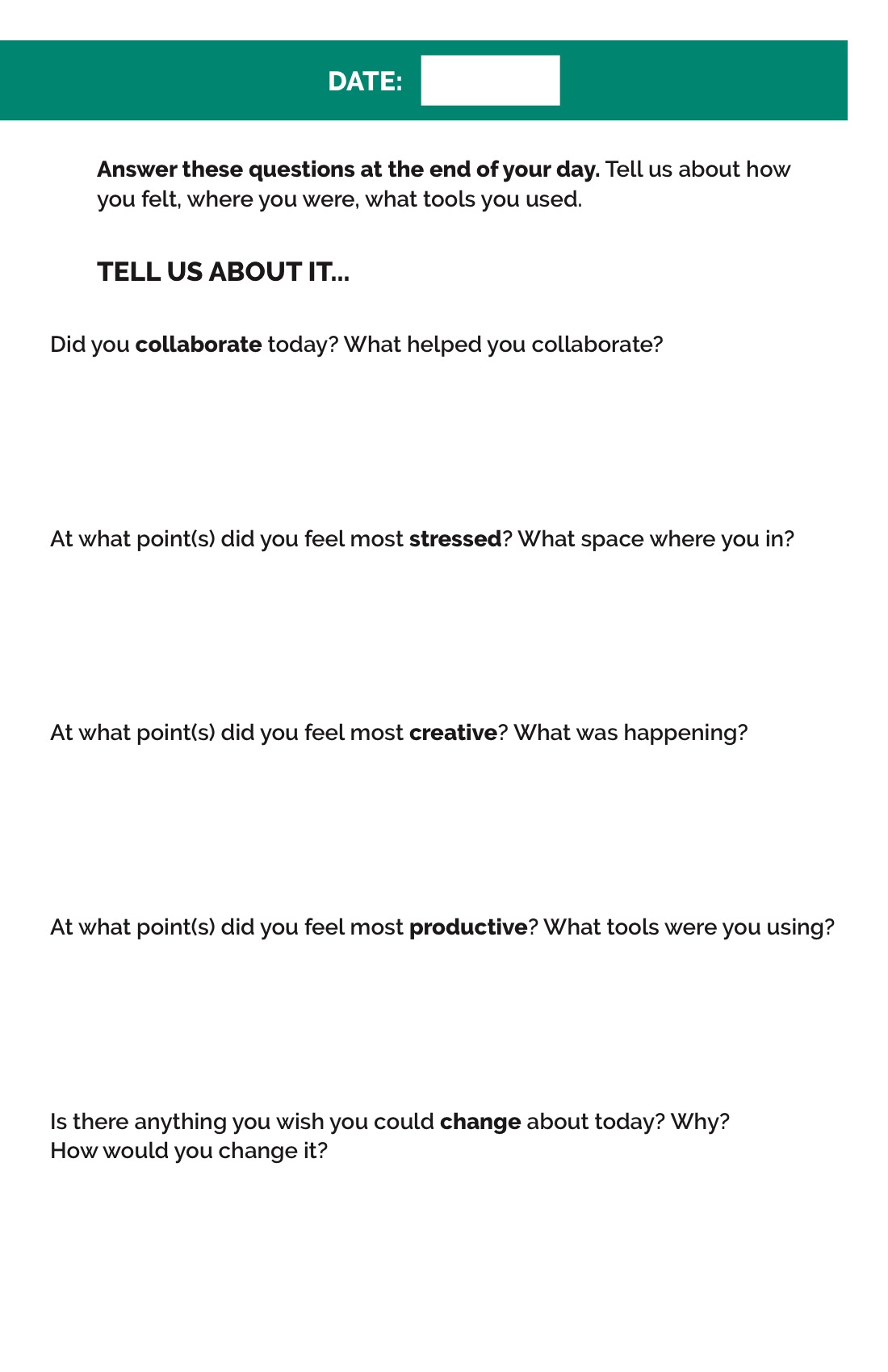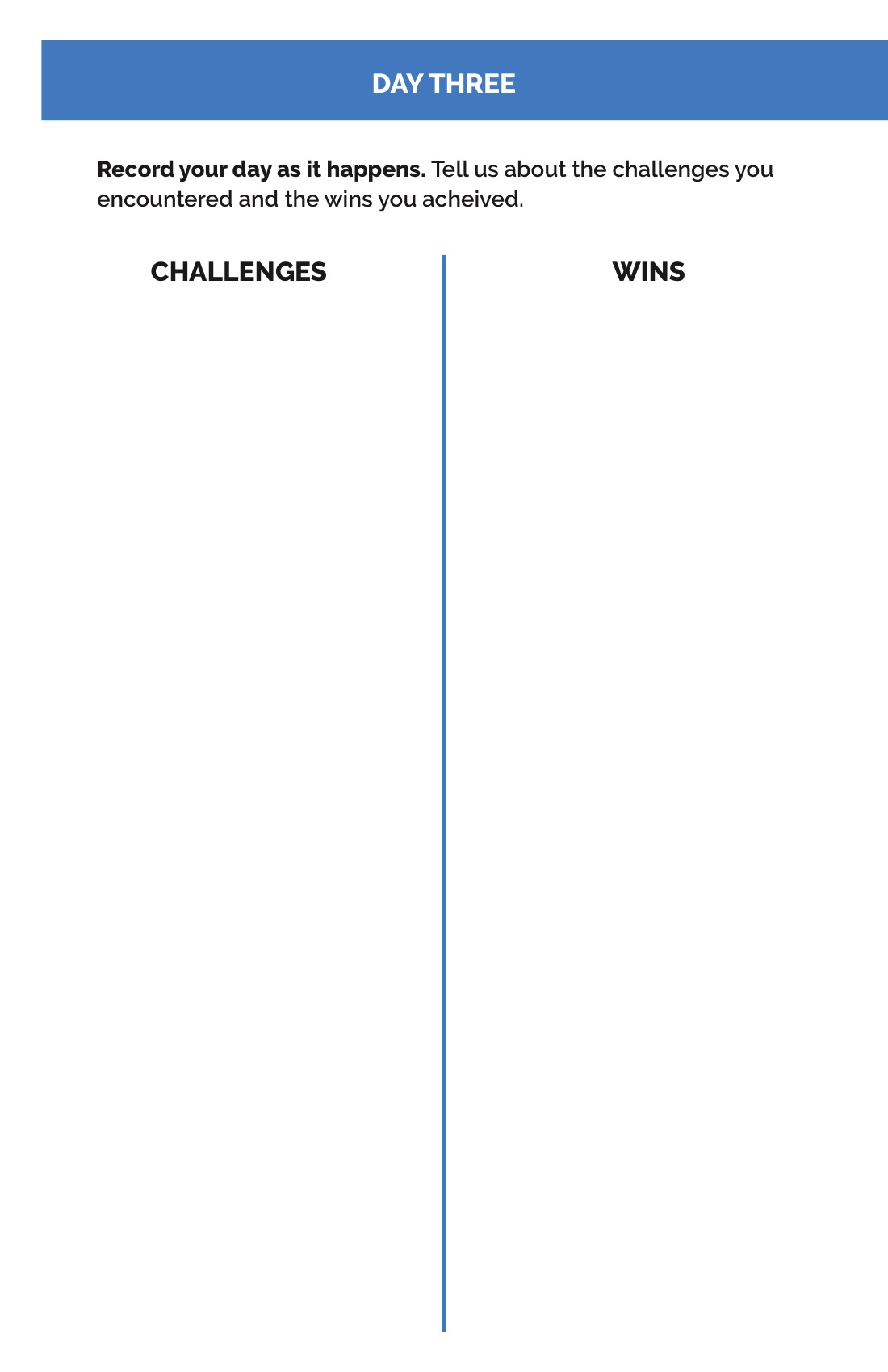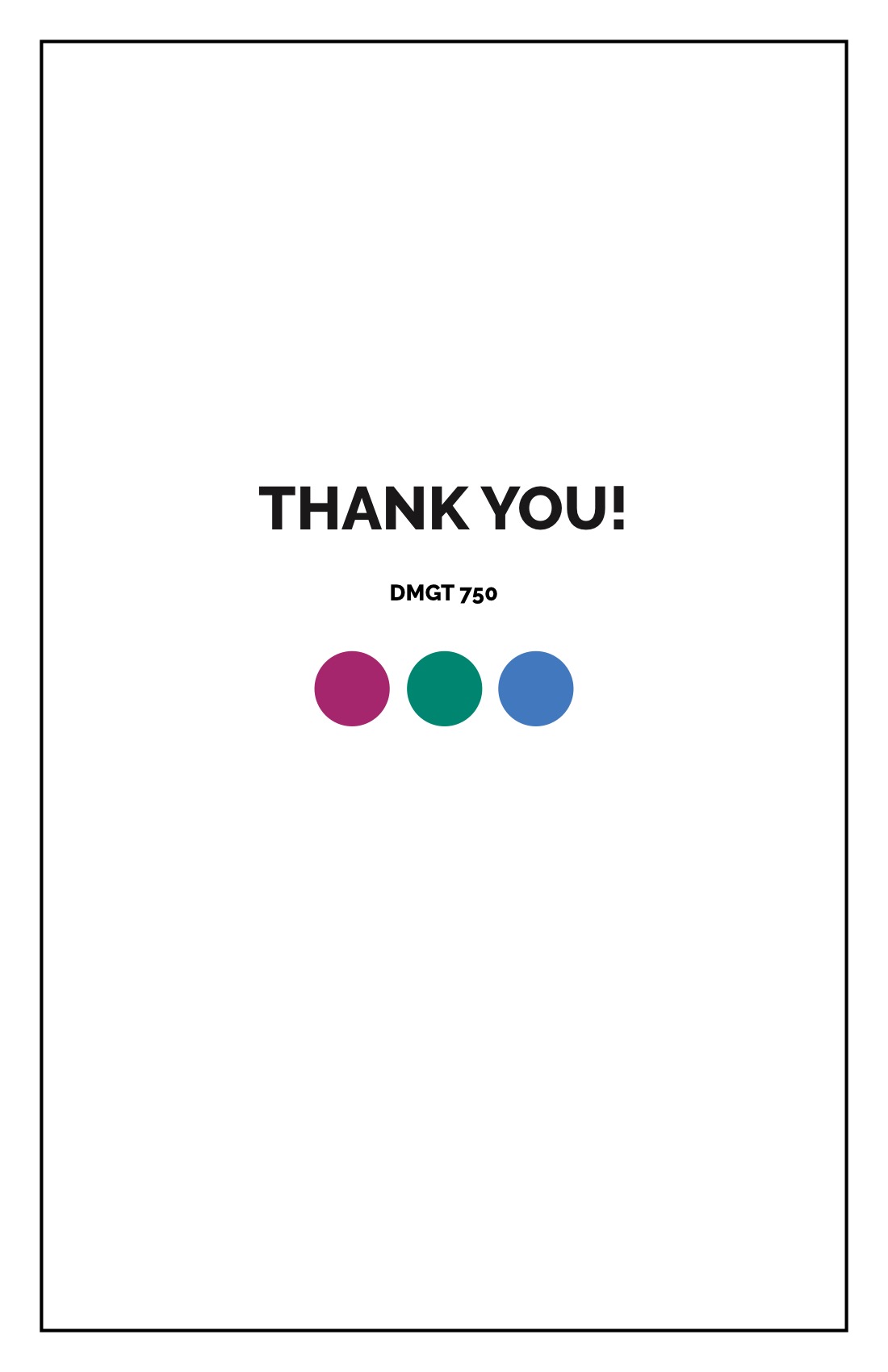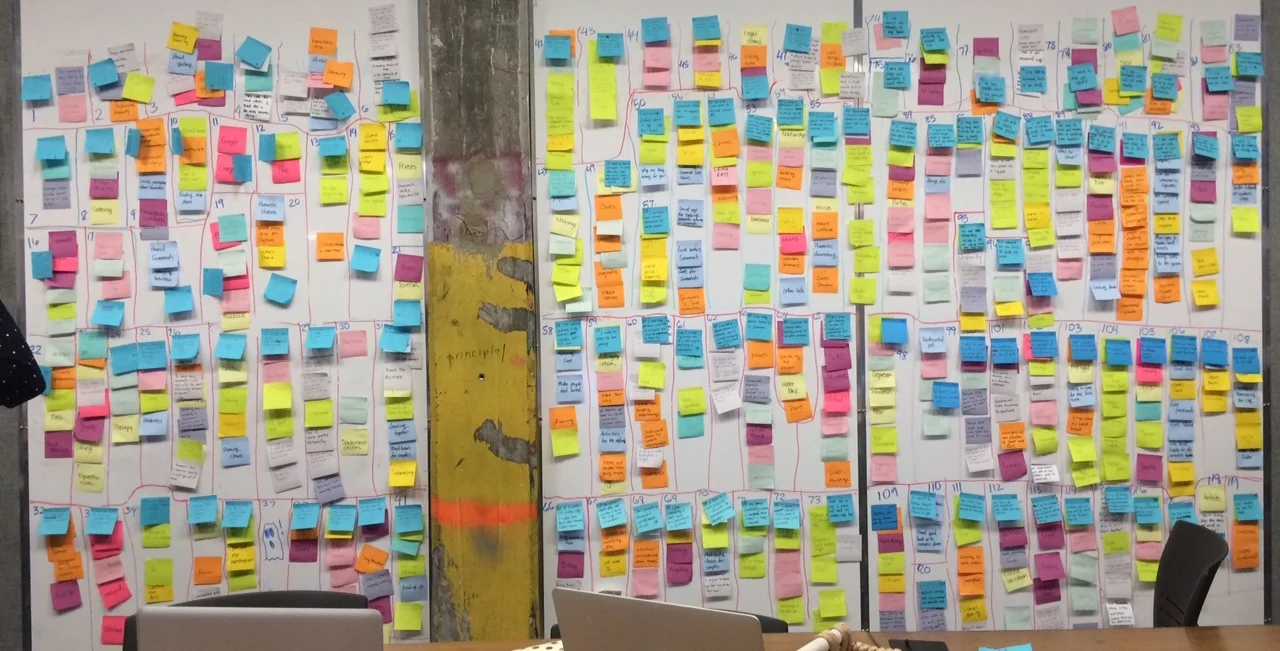Contextual Research
In order to really understand a product or service, it is essential to see how people relate to it. However, this relationship might change if people are taken out of context. Contextual research is the study of people’s behavior around a specific artifact in context and there are many different methods to collect this type of information.
Observations
Depending on the context there are different methods to perform and record observations. ‘Fly on the wall’ observation requires that the researcher stay in one same place and record what happens without actively taking part in the activities. ‘Shadowing’ observation requires that the researcher follow the subject and record their interactions with the people or spaces encountered. Through my different projects I’ve had experience performing both. There are also different guides used to record the data from observations such as the POEMS and the AEIOU frameworks.
"Fly on the wall" observations recorded with the AEIOU framework
"Fly on the wall" observations recorded with the POEMS framework
Interviews
Interviews are a method to gather information directly from someone else. Questions in interviews might be open or closed, they might be fact-based or emotion-based depending on the scope of the research. Stakeholder or user interviews are usually open conversation or discussion meant to understand the user and their emotions. Subject matter expert interviews are based more on fact than emotions.
Stakeholder
As design management students, we work to uphold proper research protocol methods that are always in service to our interview subjects and participants. The goal of our research was to extract areas for communal growth, collaborative opportunity and sustainable progress; our goal was not to single out any particular person or department. We felt that trust was a critical component to getting the most honest and therefore applicable data from our interviews. In pursuit of this trust, our consent form indicated that all quotes would remain anonymous and not tied to any person or department with regard to either identification or quote content.
Partial interview guide
- Can you talk about your department’s mission in one sentence?
- What else can you tell us about your department and the people that work with you?
- Where do you want your department to be in 5/10 years? What would be your headline?
- What are the 3 biggest priorities for your department? The biggest barriers?
- What help, resources or tools do need to achieve your set goals?
- How much value do you see in partnering with other departments? Who do you feel would be the best potential partners for you?
- What has been your most effective partnership with other departments?
- What has been your most frustrating attempt to partner?
- What happened? What was the best outcome to come out of it?
- How do you define sustainability?
- What are your biggest concerns or doubts about sustainability?
- What do you think sustainability should be?
Departments
- Building and Electrical Maintenance
- Community Development and Planning
- Department of Economic Development
- Department of Vehicle Maintenance
- Purchasing
- Housing
- Community Relations and Internships
- IT
- Traffic Engineering
- Stormwater
- Park and Tree
- Sanitation
- Environmental Services and Sustainability
Some quotes that stood out
“(We want to be) supporting the need of the organization. That being said, we need the organization to support our needs so that we can do that.”
“Biggest challenges are one, getting everyone to understand what we do and why we’re doing it and why we exist here at the city.”
“Probably the most challenging part is when you have a lot of different stakeholders at the table and everyone has their own very strong ideas. But the key is trying to figure out how you can take a piece from here, a piece from there and put it all together for one big puzzle that is the solution for whatever we are focusing on, whatever initiative or campaign we are working on at that time.”
“I’d really like to see us have a stronger community and environmental justice focus so that we can really be helping solve some of the problems that are pretty consistent in our community, like food access, like access to just transportation, that we could be building those really concrete solutions through our partnerships, and helping to move it forward.”
“I’m very impressed with the employees we have, the commitment they have. A huge example of that is the hurricane event we had here just recently. Those guys actually stayed during the hurricane and kept those pumps running, and prevented what could have been significant flooding, to a minimum. I think the strength of the employees is probably our biggest strength.”
“It’s just not something that anybody thinks about in their daily lives (sustainability). They don’t relate our poverty problems to it, or our crime problem to it and it’s all connected. A lot of education needs to happen to bridge that barrier.”
Subject Matter Experts
SME interviews are a data collection method that tends to be more closely related to the secondary research data than the primary research. They provide valuable perspectives and expertise.
An essential part of user research is talking to those directly involved. We interviewed several people within our stakeholder groups including Design Management faculty, and Design Management students and alumni. We also spoke with experts on Steelcase’s Workspace Futures team to gain their valuable perspectives on our project and insights thus far.
As a global company, IBM as an SME informs us as to how corporations collaborate at a distance and how to teach and train SCAD students for this inevitability in real-world projects. Additionally, much like our own class, IBM employees learn to collaborate across multi- disciplines and cultures.
Cultural Probes
According to Hanington (2012, p.54), “A cultural probe is developed in order to identify key patterns and themes that emerge from the participant group.” Cultural probes are artefacts designed to gather contextual data without requiring the presence of the researcher. They can be designed in many different ways and may require people to perform activities, answer questions or interact in some way that provides data input.
Love is in Savannah
Leveraging Multiculturality
This cultural probe helped in collecting qualitative data about team-working experience of multicultural students at Gulfstream. It also required participants to provide their major, nationality and gender. The printed poster for the cultural probe was installed in the entrance gallery at Gulfstream for ease of interaction with the participant group. Students rated their experience on a scale of 1 to 5 under the following sub-heads: communication, time management, quality of design deliverable, exchange of skills and social experience.
Insights:
- Better social experience leads to better exchange of skills.
- Communication is not directly related to social experience.
- Time management and communication are directly related.
- Quality of solutions is affected by time management, and communication and exchange of skills by social experience.
Data gathered
Red Balloon
A cultural probe was designed in order to understand how people felt about the idea of surprise. While we wanted to have participants answer a survey, we wanted to have them do it in a more creative, engaging and fun way. Participants were engaged in a quest around Gulfstream Center of Design where they had to look up clues, answer questions and were finally led to a gift to show gratitude for their participation. The result of the survey, however, became a lot less important when compared with the observations about people’s reactions to the activity and our own experience and enjoyment of preparing it.
Surveys
Surveys are similar to interviews as a data collecting method but are usually mostly made up of closed questions and are meant to reach a higher number of participants. Surveys may provide quantitative information if done in very high numbers, in my experience it was used to confirm qualitative information gathered through other methods. Rather than asking direct questions through interviews, the survey allows users to express themselves anonymously.
This survey included closed questions, as well as open-ended questions that gave the team more insights about the user’s experiences in the library.
Self-reporting
Another tool we used to gain valuable data from our key stakeholders was custom designed self-reporting booklets. These booklets were created for the purpose of collecting data on day-to-day collaborative activities of SCAD Design Management students. From this portion of our research we learned that many students viewed their time spent in SCAD buildings as the most stressful part of their day. They said that they felt enervated, especially being deprived of natural sunlight as there is a lack of windows in Gulfstream, for an average of 8 hours at a time.






















